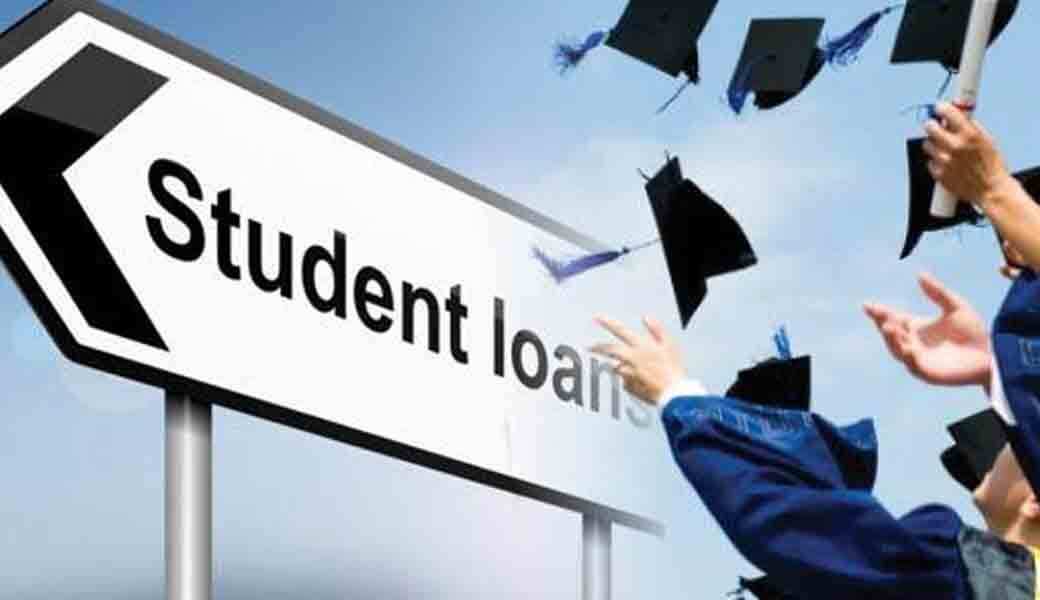With the average student leaving school with more than $40,000 in debt, it's no wonder many view paying off student loan debt as a daunting task to accomplish. But it doesn't have to be. And now that Biden has postponed student loan payments until May 2022, he has a unique opportunity to get ahead in the next four months. It's something the president himself is encouraging student borrowers to do.
How to take advantage of the May 2022 leniency extension
President Biden announced in early 2022 that automatic forbearance on federal student loans would be extended through May 1, 2022. This means that the payment pause and interest freeze granted by the CARES Act remain in effect.
Although you are not required to make any payments on your loans, if you have the means to do so, you should. Any payment made before May 1 will be applied in full to the principal balance you owe. This offers you a unique opportunity to significantly reduce your balances, since none of your payments would be used to cover interest.
To make payments, during the automatic forbearance period, simply contact your loan servicer to arrange payments.
Step 1: Evaluate your debts
The first step is to understand how much debt you have and what types of loans you have. It may sound crazy, but many people leave college with no idea how much they owe. This is crucial information when developing a plan to pay off student loan debt quickly.
You can find your federal student loan total through studentloans.gov.
For private student loans, you should check with each loan servicer or you can check your credit report to see all loans in your name.
It's important to note which debts are private and federal, because this determines which payment plans you can use. If you just graduated, also note when each loan's repayment period begins; most federal loans have a grace period of six months.
Step 2: Assess your budget
The path you use to pay off student loan debt largely depends on the amount of income you have on hand to eliminate it. If you have disposable income to draw on, you can pay off student loan debt quickly without putting your budget at risk. On the other hand, if money is tight, you may need a plan that focuses on lower monthly payments.
Income security is also important; that is, the confidence you have that your income will at least remain stable. For example, you can choose to consolidate all your loans together (federal and private) with one private consolidation loan. However, this would make you ineligible for federal relief programs if you experience problems in the future.
Step 3: Familiarize yourself with the different payment plans
There are different payment plans for different types of student loan debt and different needs:
- Private consolidation loan: In this case, a new loan is obtained to pay off student loans. You qualify based on your credit and can use the funds to pay off federal and private student loan debt.
- Federal Standard Repayment Plan: This is the repayment plan your federal loans automatically fall into if you don't choose another program. Pay off student loans in fixed payments over 10 years.
- Federal Graduated Payment Plan: This plan is also for 10 years; payments start out lower and gradually increase over time. The idea is to adjust the payments to your income as you progress through your career.
- Federal Income-Based Payment Plan: This is a hardship-based plan that matches monthly payments to your income and family size. Payments are typically about 15% of your income.
- Federal Income-Based Payment Plan: This is another hardship plan with slightly higher payments. In general, you end up paying about 20% of your income.
- Federal Pay As You Earn Plan: This is a specialized hardship plan for loans taken after 2011. It can lower your payments to 10% of your income or less, providing the lowest payments possible.
All hardship-based plans offered through the federal government have terms longer than 20 years. However, if you qualify for Public Service Loan Forgiveness, the government forgives your remaining balances after 120 payments (10 years).
Step 4: Decide how and how to split your loans between repayment plans
This is where paying off student loans can get tricky. There is no requirement that all federal student loans must go to the same repayment plan. In fact, you can even do strategic things like have two standard payment plans running at the same time. Since standard monthly payments depend on total included debt, dividing your debt can adjust the amount you pay each month.
In general, you cannot enroll in one hardship plan and another hardship plan or a standard plan at the same time. However, you can pay off federal student loans with part of a private consolidation loan and then include the rest in a hardship-based plan. That assumes you have a low enough income level to meet the federal definition of financial hardship.
Also, keep in mind that to use federal loan forgiveness, you must enroll the loans you want forgiven in a plan based on financial hardship. Forgiveness only applies to loans you include in that program. You must also certify that you work in a qualified public service position during the 10 years of payments.
Your ultimate goal is to achieve the highest total monthly payment that you can comfortably afford within your budget. This way, you'll be able to pay off student loan debt as quickly as possible while minimizing your overall interest charges. If you can't figure this out on your own or aren't sure, seek professional help.


No comments yet